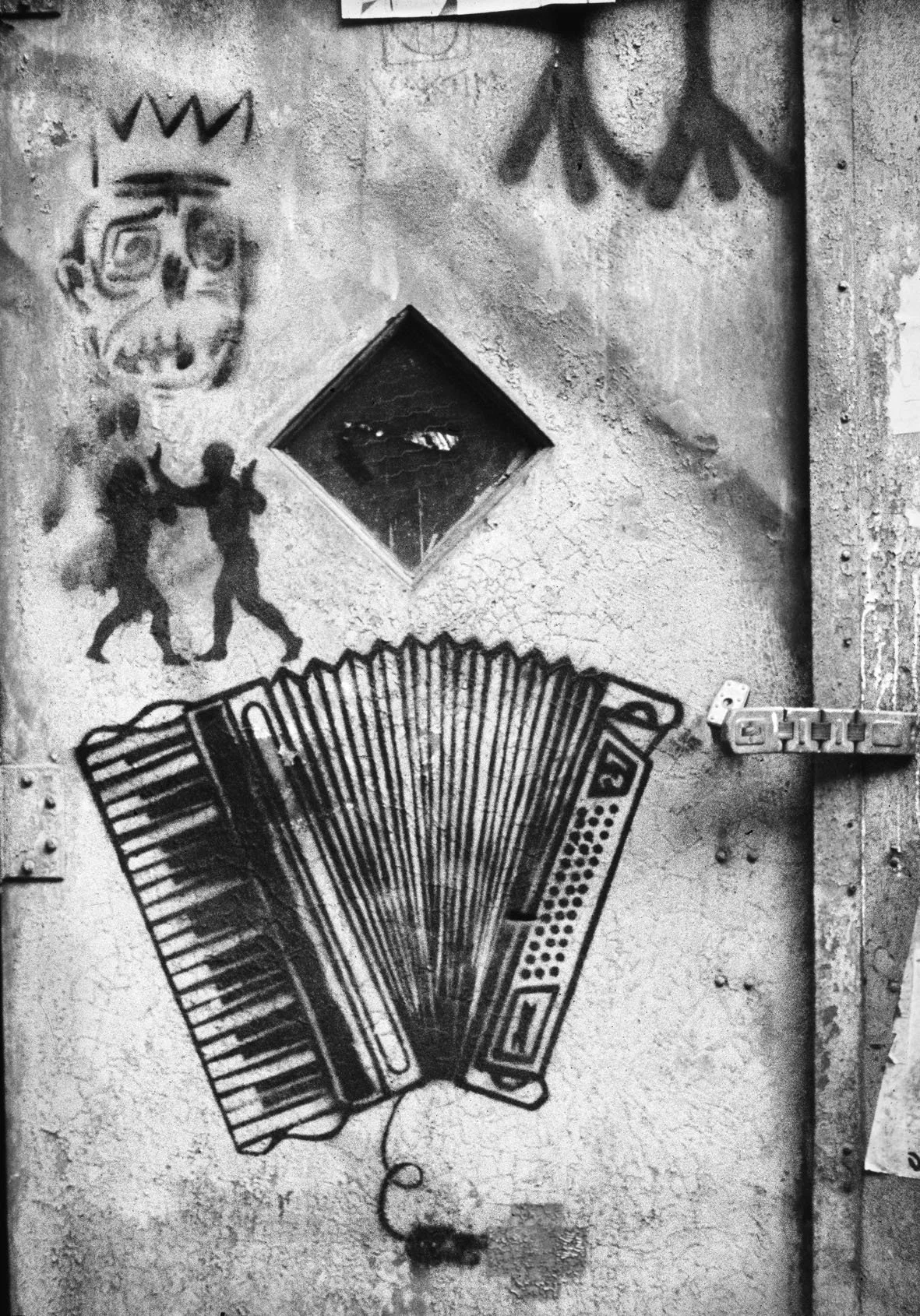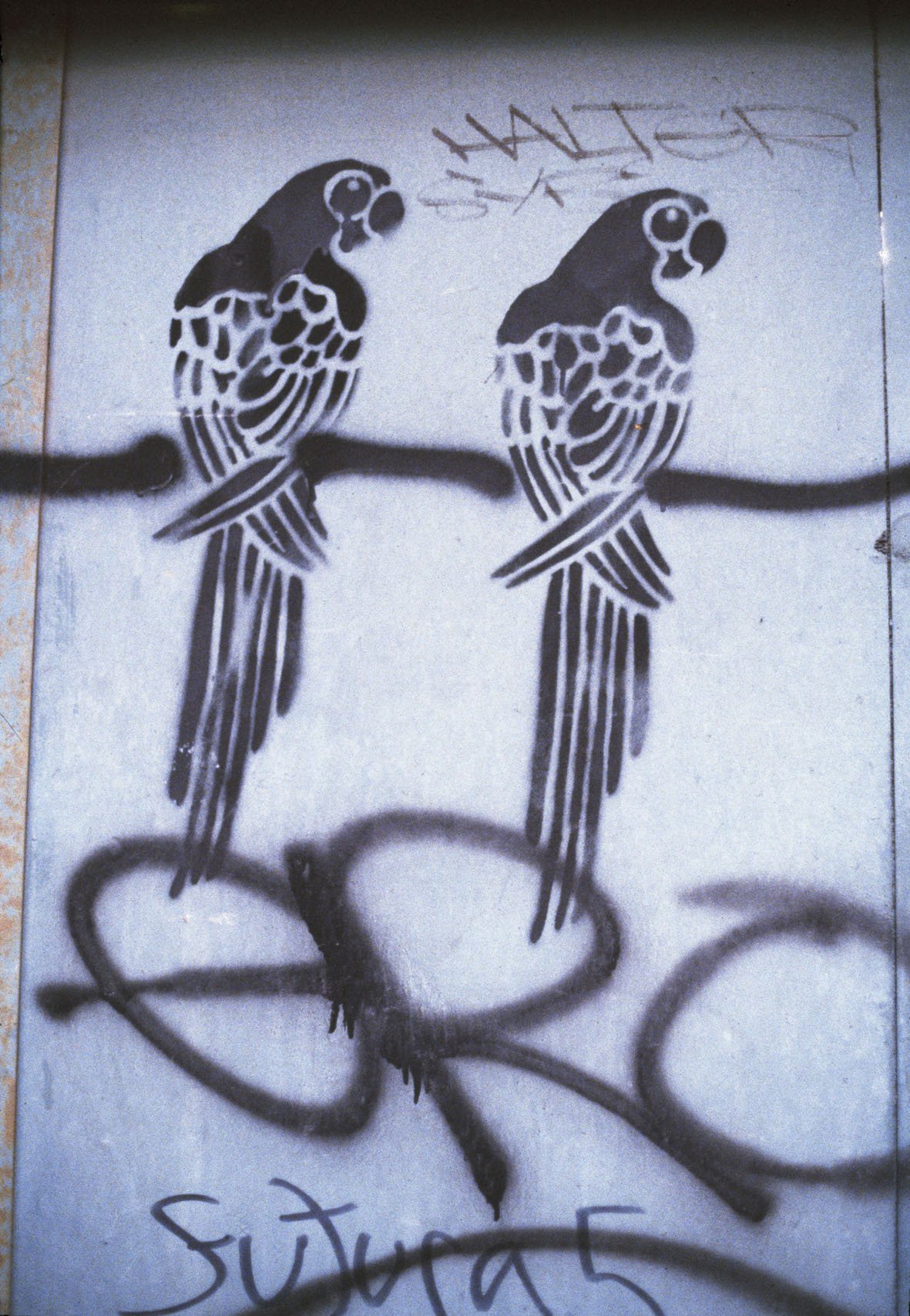
TUTTI DE SICA - regista & interprete | Galleria Modernissimo | Bologna
Galleria Modernissimo | Bologna
1. Oktober -2024 – 9. Februar 2025
TUTTI DE SICA - regista & interprete
Vittorio De Sica, spettacolo Il marinaio di guardia con la compagnia Za Bum, 1931-1933, (Archivio Giuditta Rissone-Emi De Sica)
Zu sehen sind einzigartige Bilder am und vom Drehort, Kultobjekte, persönliche Dokumente: Der Erinnerungskoffer der Kinder Emi, Manuel und Christian De Sica wird in den renovierten Räumlichkeiten der Galleria Modernissimo ausgestellt, um das Leben und die Kunst eines der Meister des 20. Jahrhunderts neu zu lesen.
Die von der Cineteca di Bologna konzipierte Ausstellung umfasst etwa zwanzig Originalplakate, Hunderte von Fotos aus den Privatarchiven des Künstlers, seiner Kinder und Giuditta Rissone, Videos, Kostüme, wertvolle Briefe mit den großen Künstlern der Zeit, die Begegnung mit Chaplin, die Zusammenarbeit mit Zavattini, die Oscars, die seine Filme besiegelten, das berühmteste Fahrrad der Filmgeschichte. Objekte, die von Vittorio De Sica als Regisseur und Schauspieler, aber auch als Sänger und Schausteller erzählen, aber auch von dem privaten De Sica, seinen beiden Familien, der Liebe zu seiner ersten Frau Giuditta Rissone und der zu seiner zweiten, Maria Mercader.
Die Reise beginnt mit der theatralischen Gavetta, der zunehmenden Bestätigung auf den italienischen Bühnen, dem Erfolg mit Mario Mattoli und seiner Za Bum-Showtruppe, der Beziehung zu Pirandello, der Popularität von Schallplattenaufnahmen; das Doppelleben in den 1930er Jahren zwischen Theater und Kino, wo De Sica die Neuheit darstellt, der junge Schauspieler, der auch singen kann, in einem italienischen Kino, das mit dem Soundtrack nach neuen Stars und neuen Stimmen sucht; die mutige Entscheidung, kein schwarzes Hemd zu tragen, hinter die Kamera zu gehen und ein persönliches Kino zu machen, und dann die Kraft, sich weltweit durchzusetzen als Vater, zusammen mit seinem Freund Rossellini, eines neuen Kinos, des Neorealismus mit den vier Meisterwerken Sciuscià, Ladri di biciclette, Miracolo a Milano, Umberto D; die Probleme mit Unterstaatssekretär Andreotti in einem Italien, das zu Beginn der 1950er Jahre in den Kalten Krieg eintrat; das komplexe Privatleben zwischen zwei Familien, die Partnerschaft mit Sophia Loren, die außergewöhnliche Galerie der von ihm geschaffenen Charaktere bis hin zum letzten Abschnitt, in dem eine Reflexion über sein immenses künstlerisches Erbe präsentiert wird. Ein Pirandell'sches Kaleidoskop, eine schwindelerregende Ausstellung, in der der Besucher die italienische Geschichte des 20. Jahrhunderts kennenlernt, und zwar durch alle De Sicas, die dieser unermessliche und produktive Künstler geschaffen hat, und auch entdeckt, dass sie alle De Sica sind.
Il protagonista Carlo Battisti e De Sica sul set di Umberto D., 1952 (Cineteca di Bologna – Fondo P. Raffaelli)
Images uniques sur et en dehors du plateau, objets cultes, documents personnels : la malle aux souvenirs des enfants Emi, Manuel et Christian De Sica est exposée dans les locaux rénovés de la Galleria Modernissimo pour relire la vie et l'art d'un des maîtres du XXe siècle.
L'exposition, réalisée par la Cineteca di Bologna, comprend une vingtaine d'affiches originales, des centaines de photographies provenant des archives privées de l'artiste, de ses enfants et de Giuditta Rissone, des vidéos, des costumes, de précieuses lettres avec les grands artistes de l'époque, la rencontre avec Chaplin, la collaboration avec Zavattini, les Oscars qui ont scellé ses films, la bicyclette la plus célèbre de l'histoire du cinéma. Des objets qui racontent Vittorio De Sica comme réalisateur et acteur, mais aussi comme chanteur et homme de spectacle, ainsi que le De Sica privé, ses deux familles, son amour pour sa première femme Giuditta Rissone et celui pour sa seconde, Maria Mercader.
Le voyage commence avec la gavetta théâtrale, l'affirmation croissante sur les scènes italiennes, le succès obtenu avec Mario Mattoli et sa compagnie de spectacle Za Bum, la relation avec Pirandello, la popularité des enregistrements ; la double vie, dans les années 30, entre théâtre et cinéma où De Sica représente la nouveauté, le jeune acteur qui peut aussi chanter dans un cinéma italien qui, avec la bande sonore, cherche de nouvelles stars et de nouvelles voix ; le choix courageux de ne pas porter la chemise noire, de passer derrière la caméra pour faire un cinéma personnel et ensuite la force de s'imposer dans le monde entier comme le père, avec son ami Rossellini, d'un nouveau cinéma, du néo-réalisme avec les quatre chefs-d'œuvre Sciuscià, Ladri di biciclette, Miracolo a Milano, Umberto D.. ; les problèmes avec le sous-secrétaire Andreotti dans une Italie qui, au tournant des années 1950, entrait dans la guerre froide ; la vie privée complexe entre deux familles, le partenariat avec Sophia Loren, l'extraordinaire galerie de personnages qu'il a créés, jusqu'à la dernière partie où est présentée une réflexion sur son immense héritage artistique. Un kaléidoscope pirandellien, une exposition vertigineuse où les spectateurs rencontreront l'histoire italienne du XXe siècle, à travers Tous les De Sica que cet immense et prolifique artiste a créés, et découvriront aussi qu'ils sont Tous les De Sica.
De Sica interpreta il signor Max nel film omonimo di Mario Camerini, 1937 (Foto Pesce, Archivio Giuditta Rissone-Emi De Sica)
In mostra immagini uniche sul e fuori dal set, oggetti di culto, documenti personali: il baule dei ricordi dei figli Emi, Manuel e Christian De Sica vengono esposti nei rinnovati locali della Galleria Modernissimo per rileggere la vita e l’arte di uno dei Maestri del ‘900.
La mostra, prodotta dalla Cineteca di Bologna, comprende una ventina di manifesti originali, centinaia di fotografie provenienti dagli archivi privati dell’artista, dei figli e di Giuditta Rissone, video, costumi, preziose lettere con i grandi artisti dell’epoca, l’incontro con Chaplin, la collaborazione con Zavattini, gli Oscar che hanno suggellato i suoi film, la bicicletta più famosa della storia del cinema. Oggetti che raccontano il Vittorio De Sica regista e attore, ma anche cantante e uomo di spettacolo, così come il De Sica privato, le sue due famiglie, l’amore per la prima moglie Giuditta Rissone e quello per la seconda, Maria Mercader.
Il percorso prende avvio con la gavetta teatrale, la crescente affermazione sui palcoscenici italiani, il successo raggiunto con Mario Mattoli e la sua impresa di spettacoli Za Bum, la relazione con Pirandello, la popolarità delle incisioni discografiche; la doppia vita, negli anni Trenta, tra teatro e cinema dove De Sica rappresenta la novità, l’attore giovane che può anche cantare in un cinema italiano che, con il sonoro, cerca nuovi divi e nuove voci; la scelta coraggiosa di non vestire la camicia nera, di passare dietro la macchina da presa facendo un cinema personale e poi la forza di imporsi in tutto il mondo come il padre, assieme all’amico Rossellini, di un cinema nuovo, del neorealismo con i quattro capolavori Sciuscià, Ladri di biciclette, Miracolo a Milano, Umberto D; i problemi con il Sottosegretario Andreotti in un’Italia che, a cavallo degli anni Cinquanta, entrava nella guerra fredda; la complessa vita privata tra due famiglie, il sodalizio con Sophia Loren, la galleria straordinaria dei personaggi da lui creati, fino all’ultima sezione dove trova spazio una riflessione sulla sua immensa eredità artistica. Un caleidoscopio pirandelliano, una mostra vertiginosa, dove gli spettatori incontreranno la Storia italiana del 900, attraverso Tutti i De Sica che questo artista immenso e prolifico ha creato e scopriranno anche di essere Tutti De Sica.
Vittorio De Sica bambino, 1906 ca. (Foto A. Reggiani, Archivio Giuditta Rissone-Emi De Sica)
The trunk of memories belonging to his children, Emi, Manuel, and Christian De Sica, opens to reveal a collection of unique images, on-and-off-set photos, cult objects, and personal effects, now on display in the newly renovated exhibition space at Galleria Modernissimo. This exhibition, produced by the Cineteca di Bologna, honours the life and art of a true innovator, Vittorio De Sica. It features twenty original posters, around 400 photographs, videos, costumes, personal documents, the Oscars that crowned his films, and even the most famous bicycle in Italian cinema.
The collection tells the story of De Sica not just as a director and actor, but as a singer, showman, and private individual. The journey begins with his early success in Mario Mattoli’s Za Bum show business, followed by his rise to fame through his recordings. It traces his transition from theatre to cinema in the 1930s and explores his establishment as the father of Italian neo-realism in the 1940s with masterpieces such as Sciuscià, Ladri di biciclette, Miracolo a Milano, and Umberto D.
The exhibition also delves into his relationship with politics, particularly his ties to Andreotti in postwar Italy during the 1950s. It highlights his collaborations with Cesare Zavattini and Sophia Loren, weaving through his life and career, and culminates with a reflection on De Sica’s profound artistic legacy.
(Text: Galleria Modernissimo, Bologna)












